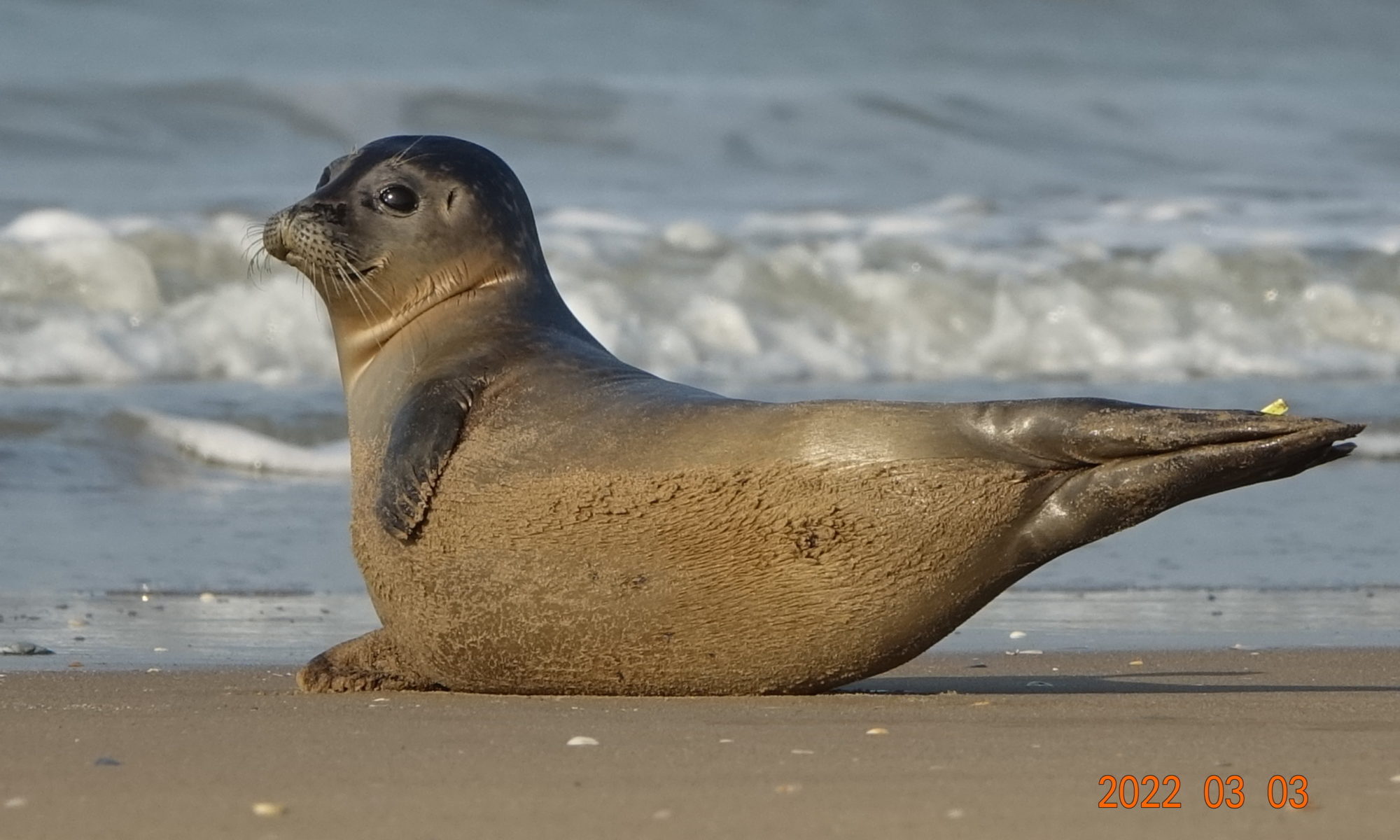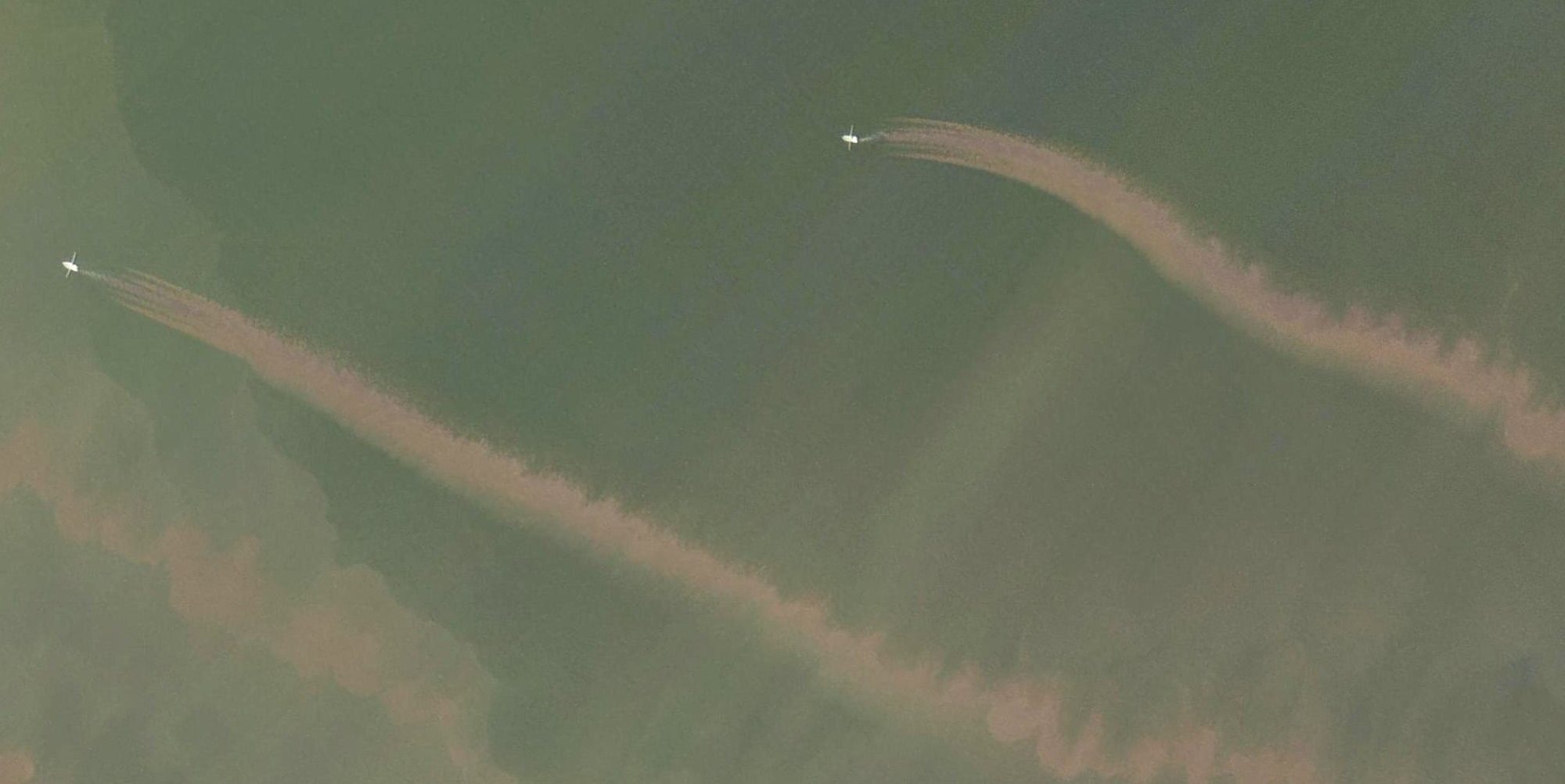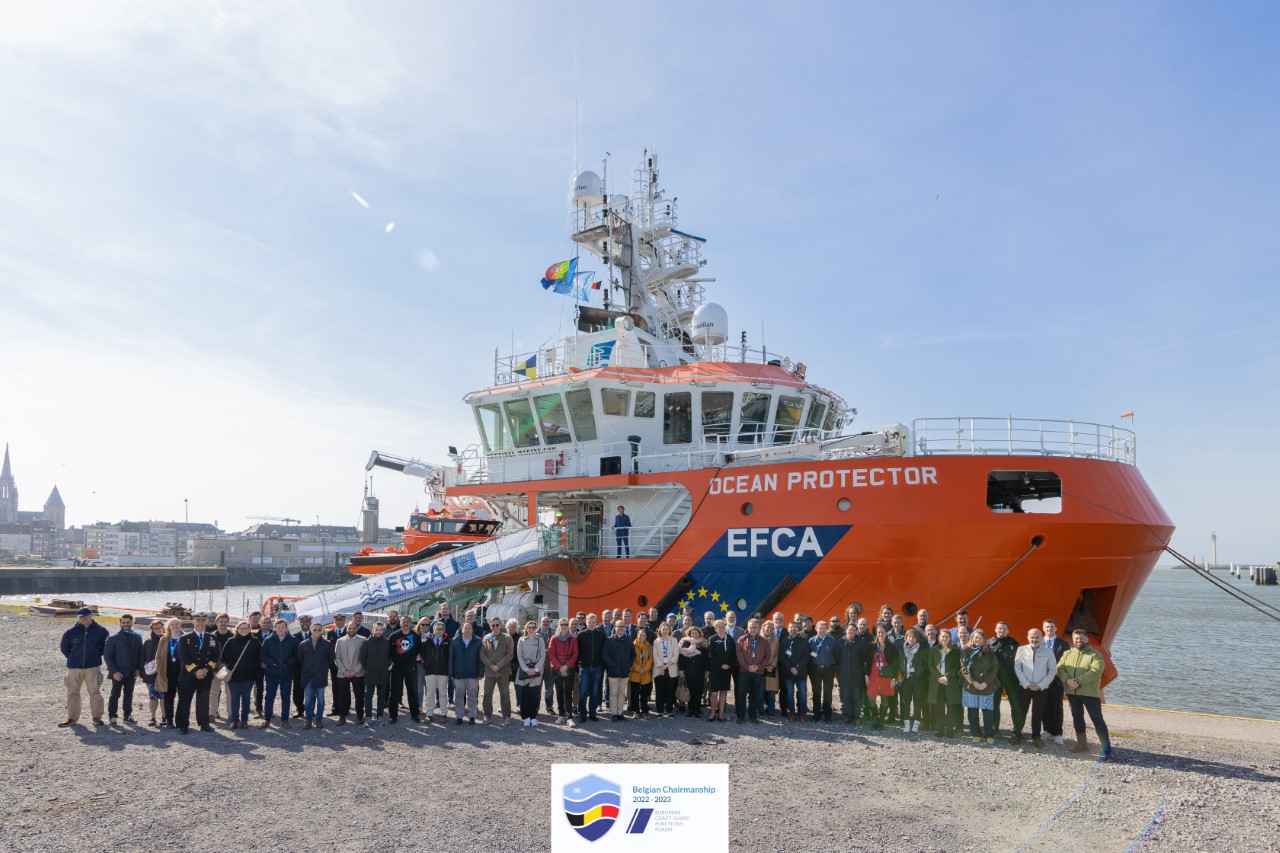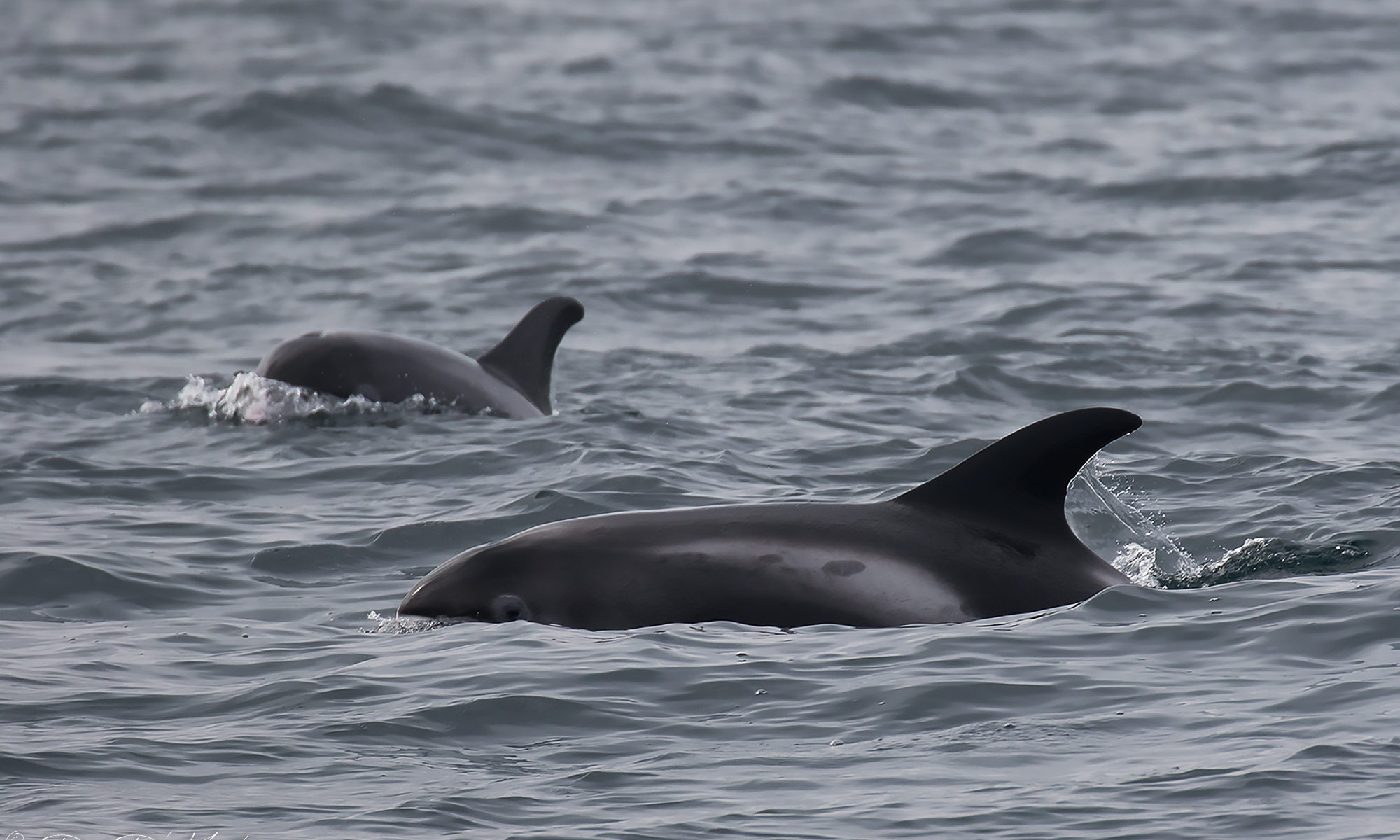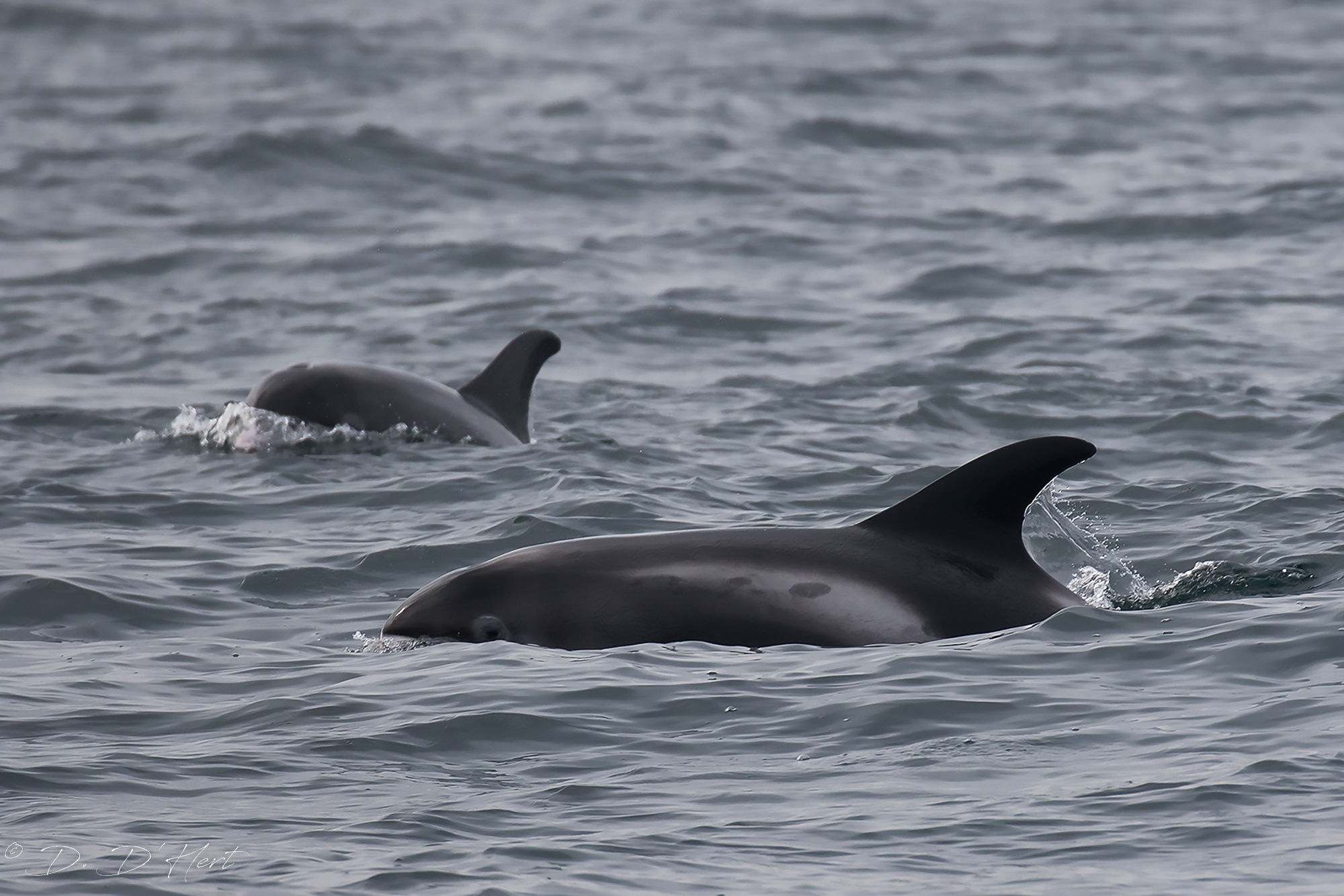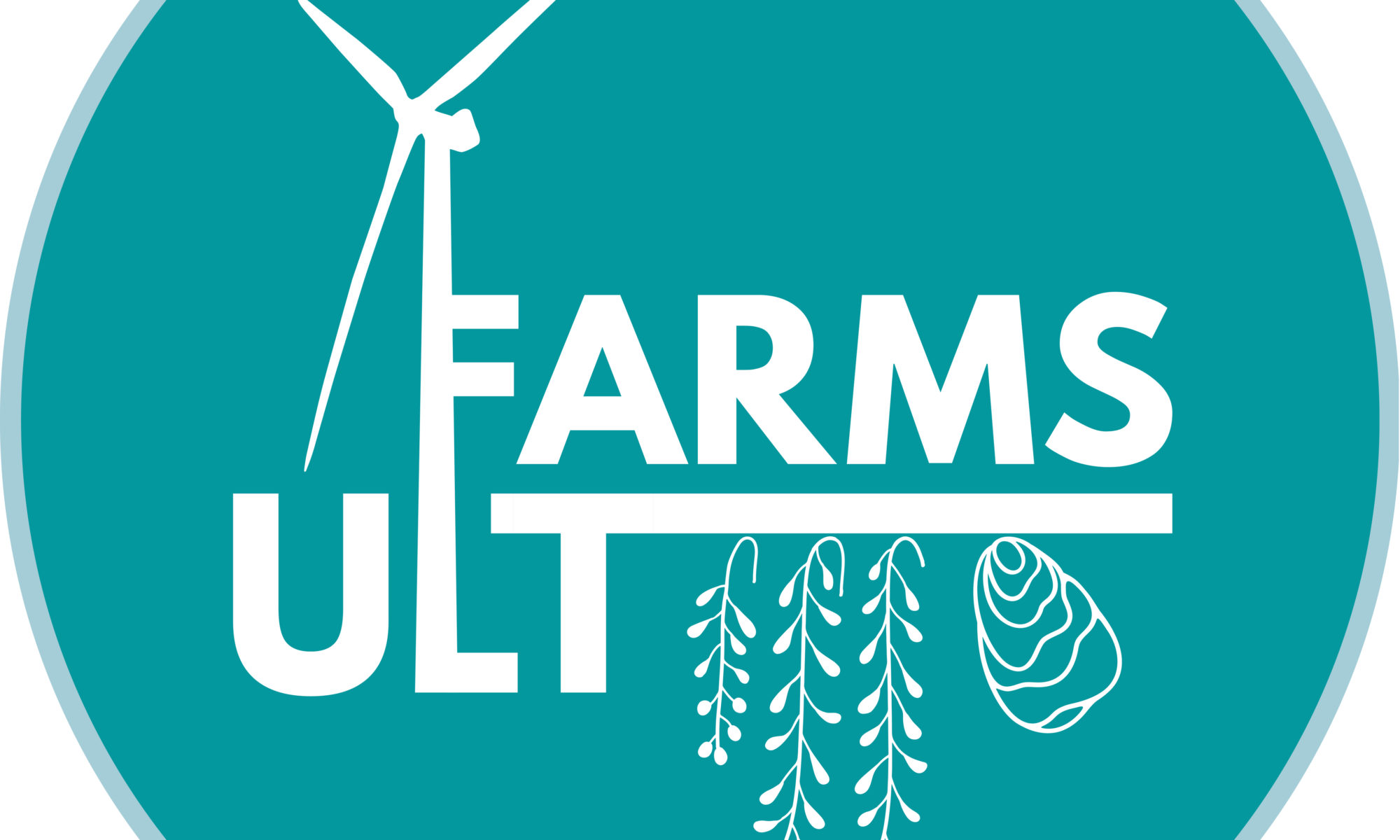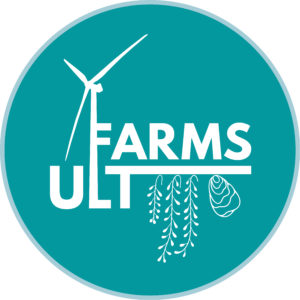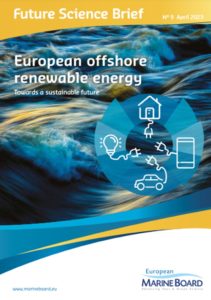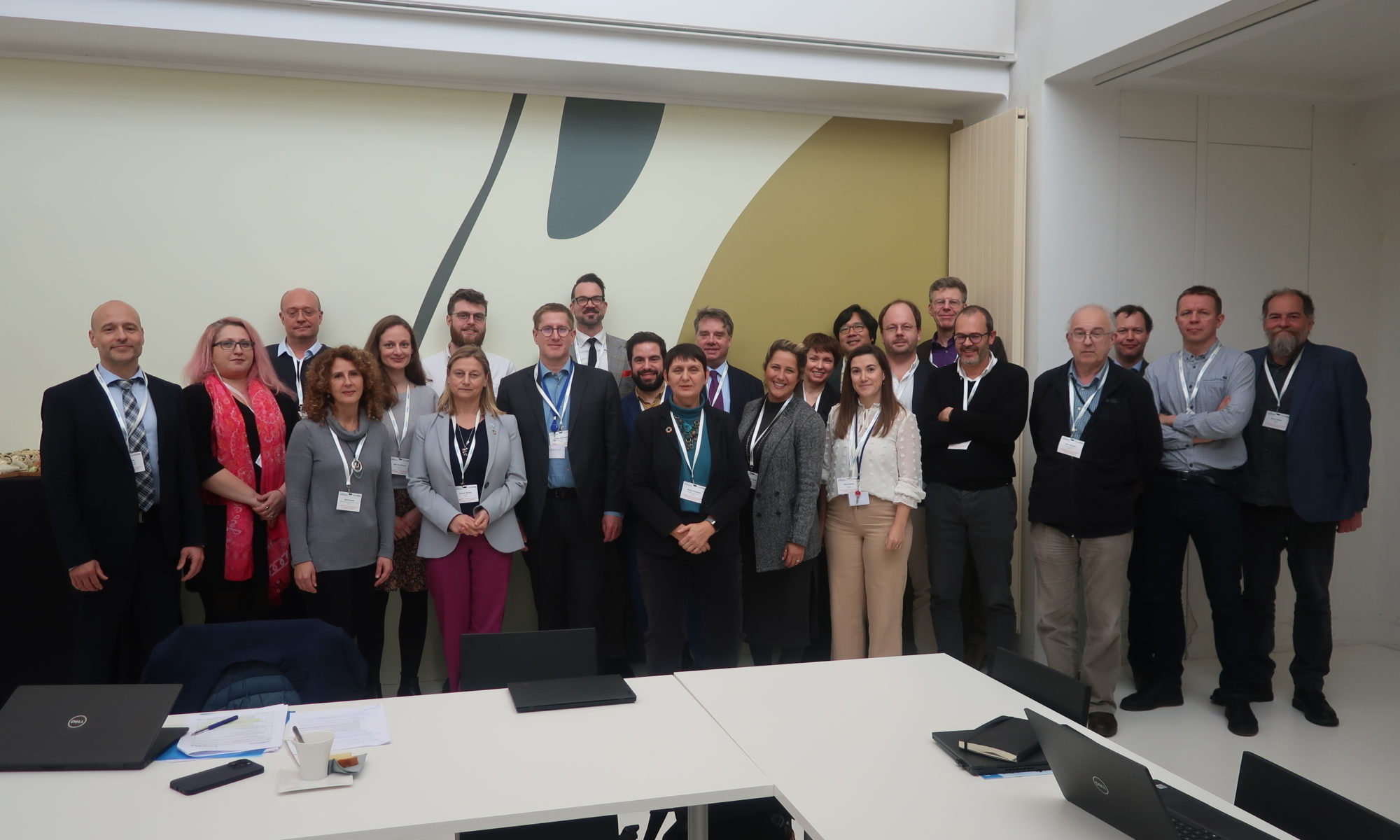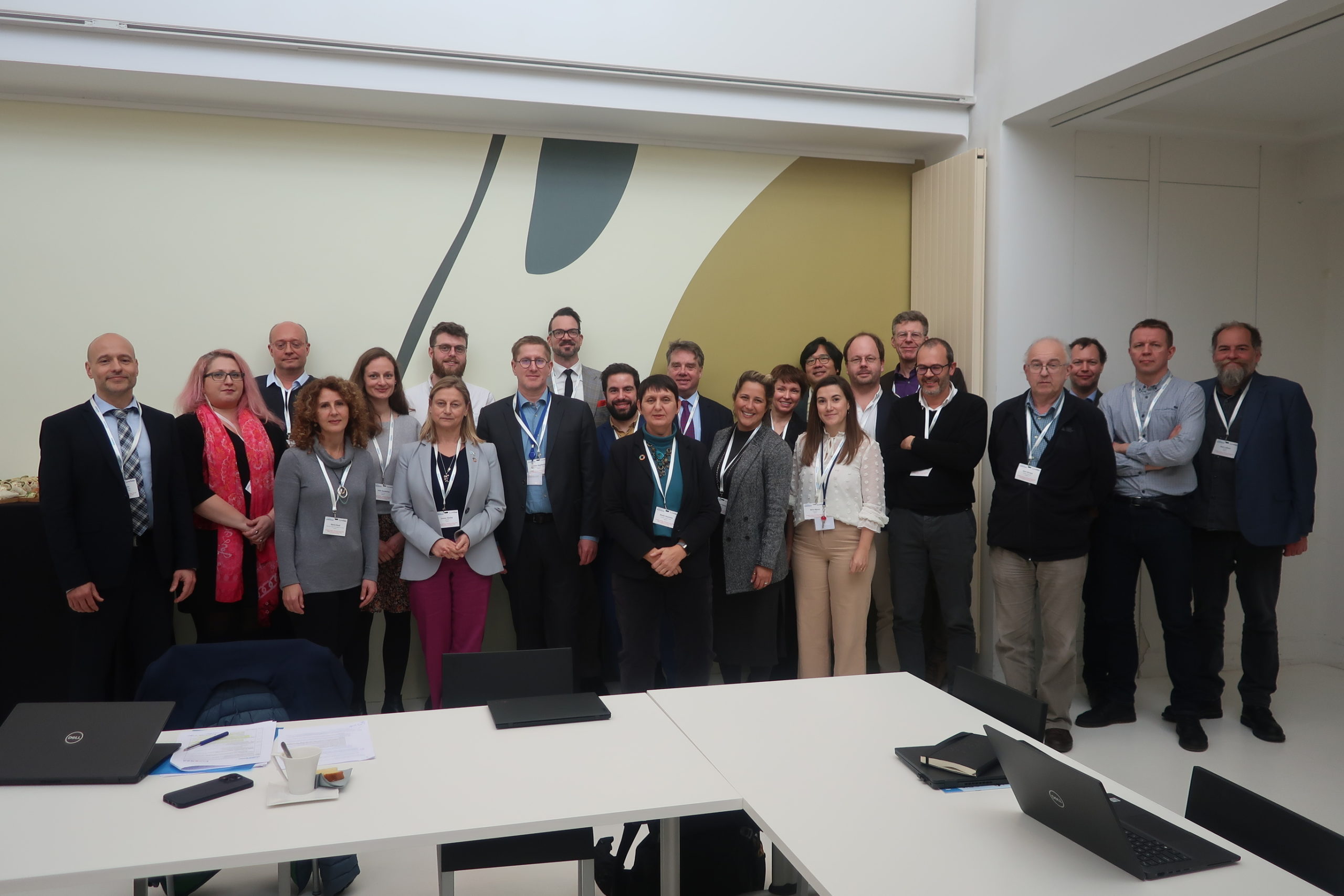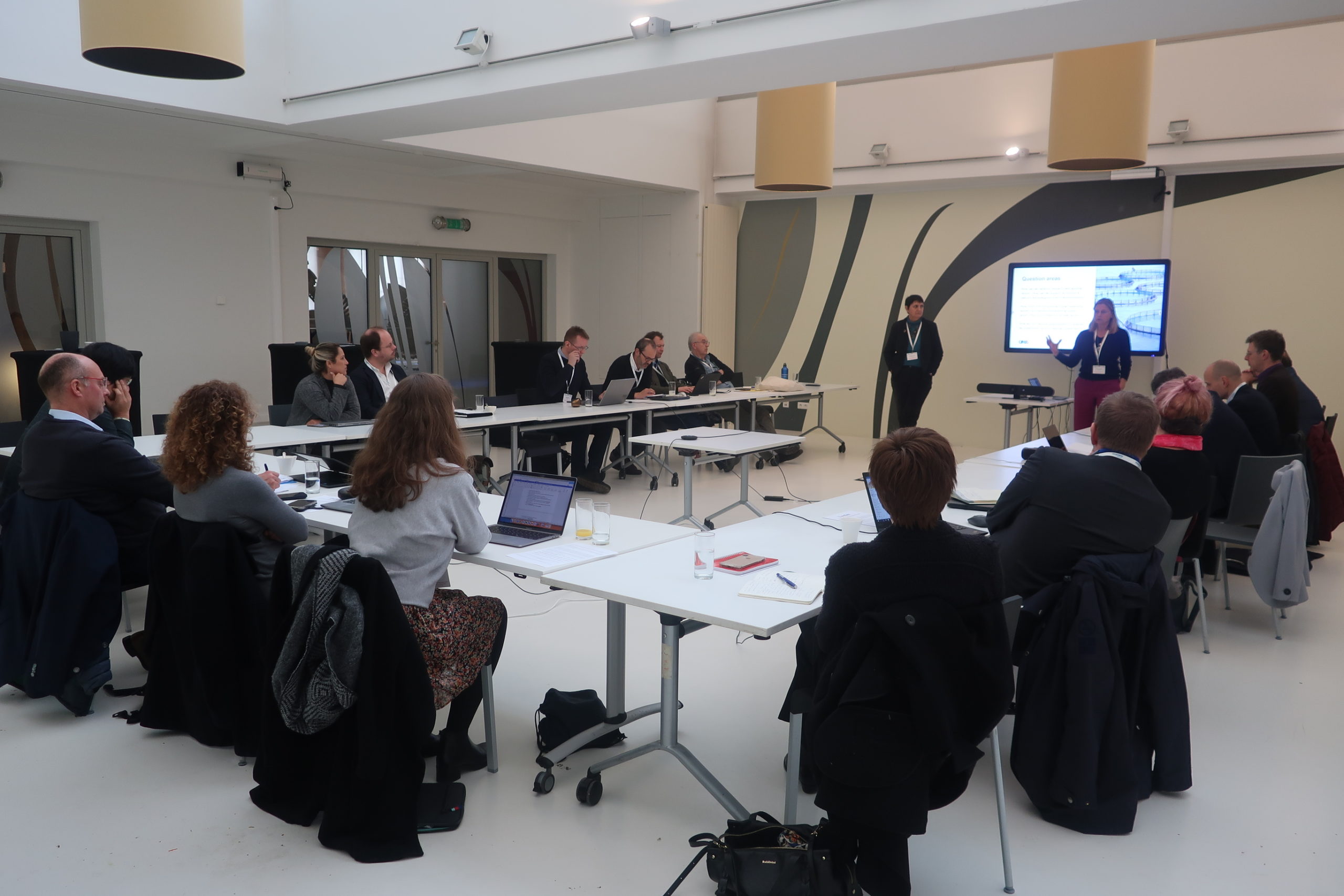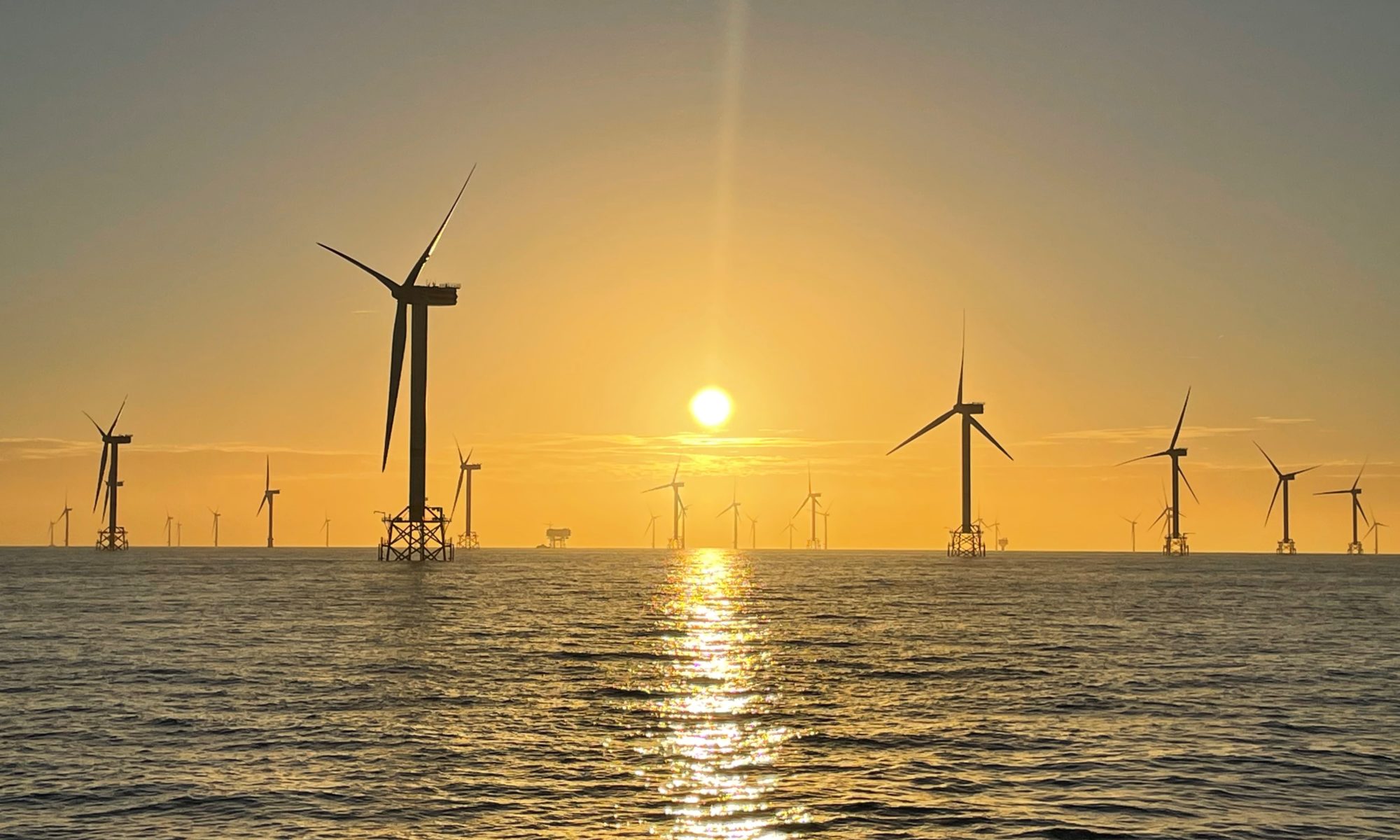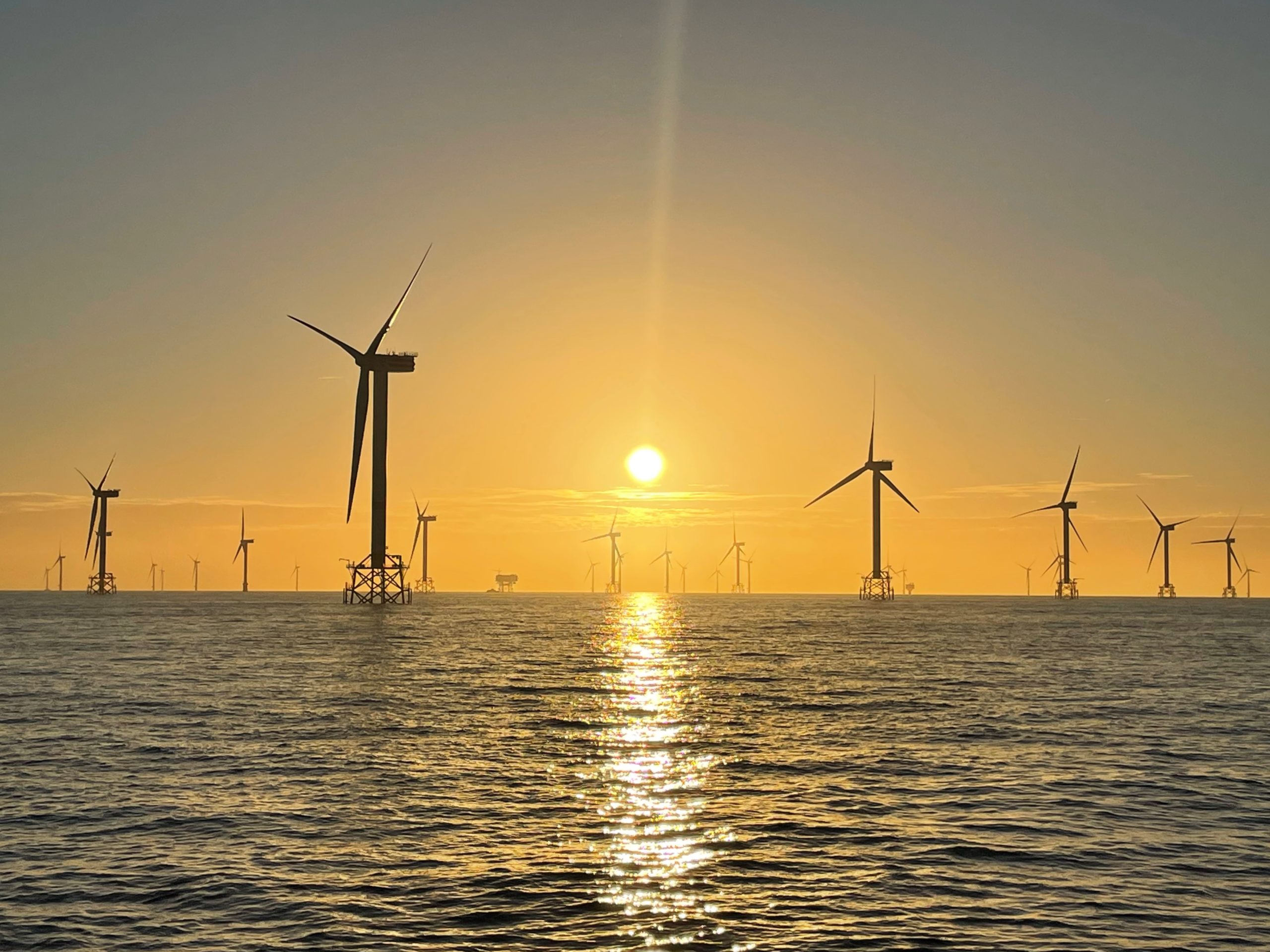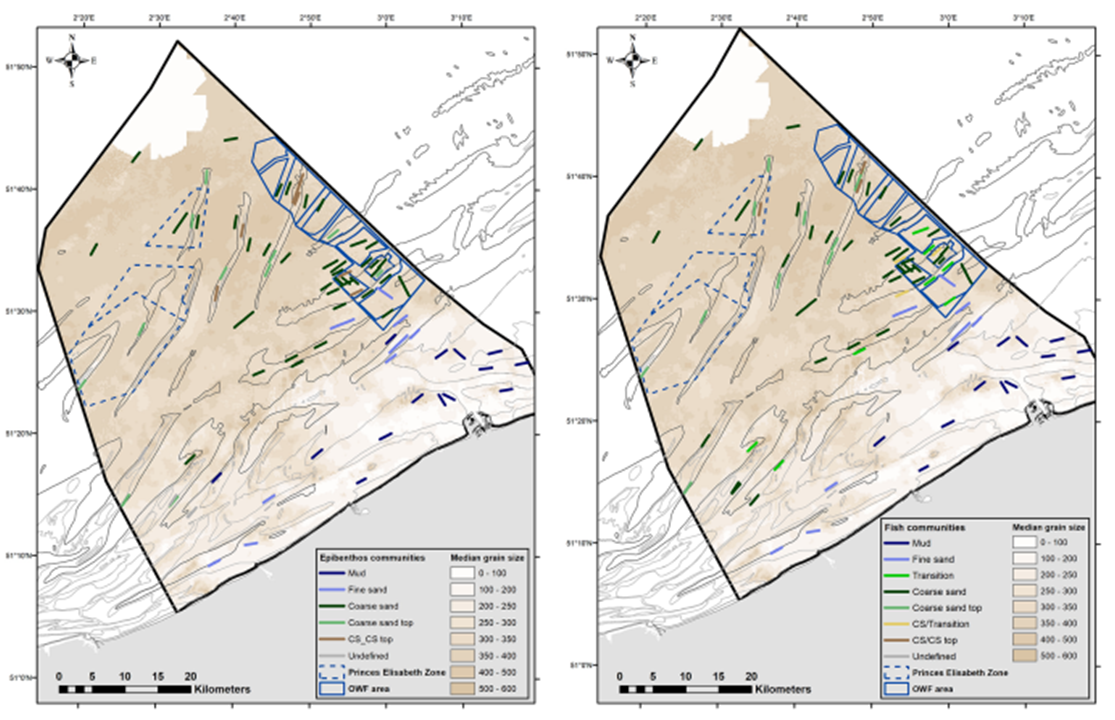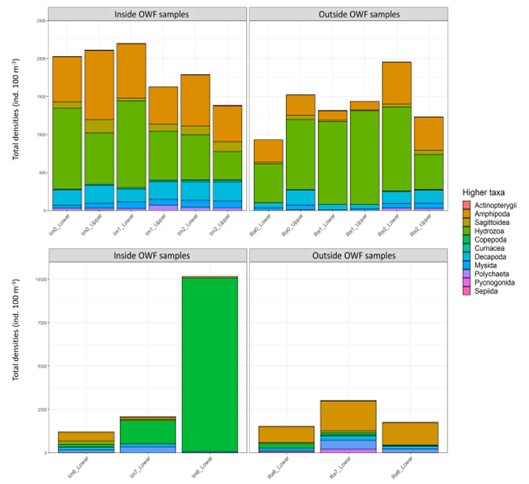In its new report ‘Marine mammals in Belgium in 2022’ (available in Dutch and French), the Royal Belgian Institute of Natural Sciences compiles the results of monitoring and scientific research on marine mammals in Belgium in 2022. Relatively few Harbour porpoises washed ashore, but numbers at sea were among the highest since counts began. The numbers of dead seals washed ashore follow an upward trend, although there were fewer in 2022 than in 2021. The probable birth of a young Harbour Seal in Nieuwpoort was a first for our country. Two Humpback whales, two groups of White-beaked dolphins and a Sowerby’s beaked whale are among the rarer species in the southern North Sea.
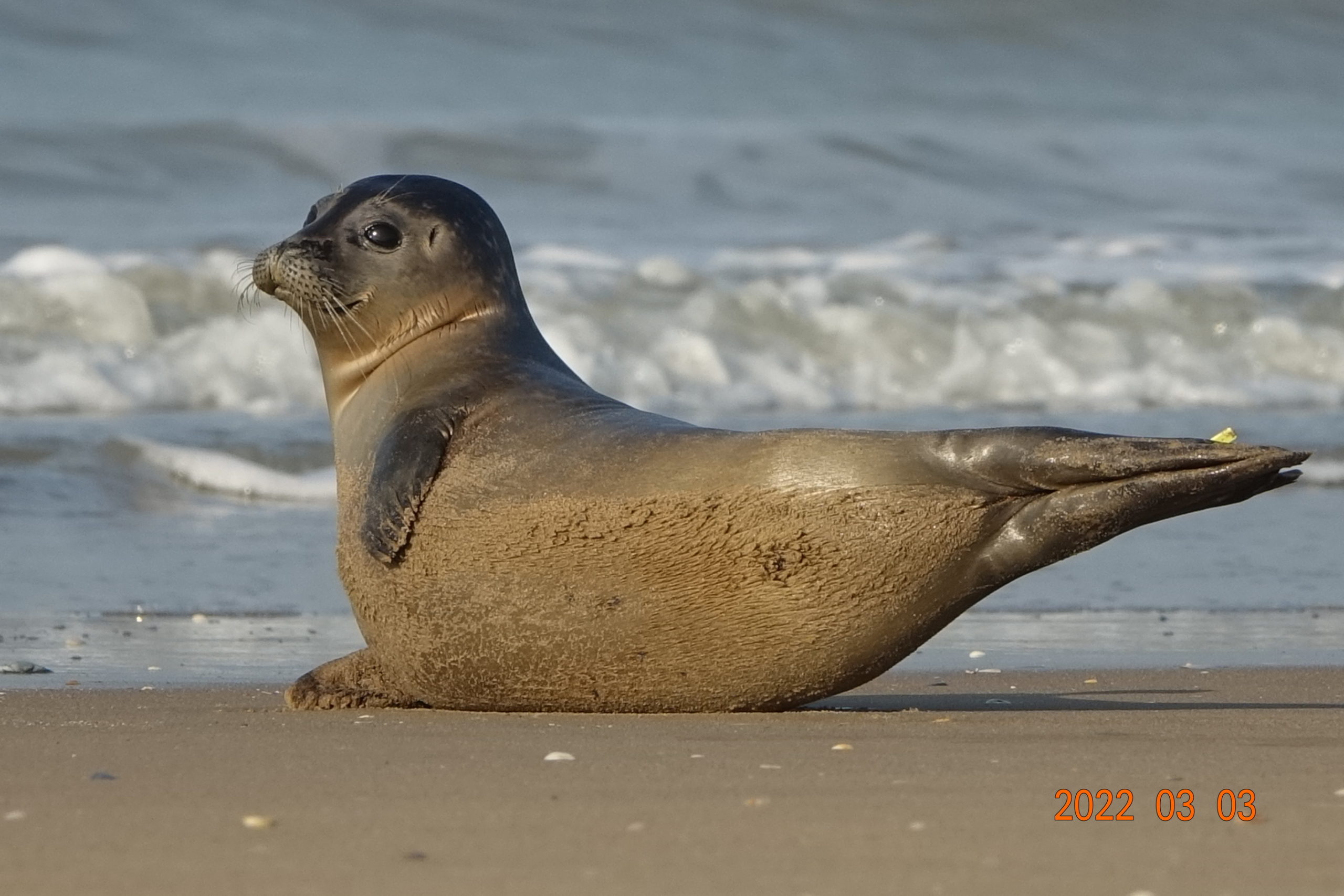
Which dead or dying marine mammals washed up on our beaches? Which causes of death could be identified? What are the trends of marine mammals in Belgium? How many seals did Sealife take in? Which rare species were observed? These are the questions to which one can find the answers in the latest marine mammal report, which focuses on the results from 2022.
Harbour porpoises
In 2022, 45 Harbour porpoises washed up on our beaches, the lowest number since 2004. Four of these stranded alive, but all died on the beach or during attempts to rescue them. One of the animals was pregnant.
However, the fact that relatively few Harbour porpoises washed ashore cannot be related to the numbers present at sea. Indeed, aerial surveys over the Belgian part of the North Sea in March and October resulted in estimates of over 11,000 and over 2,000 Harbour porpoises. The March number was the third highest number documented since surveys began in 2009. The highest number was over 18,000 in April 2018. Although Belgian waters are only part of the habitat of Southern North Sea Harbour porpoises, and numbers in Belgium can fluctuate widely, the results confirm a pattern already evident in previous years: our waters contain the largest numbers in spring, with a shift to the west – English waters – in summer and autumn.
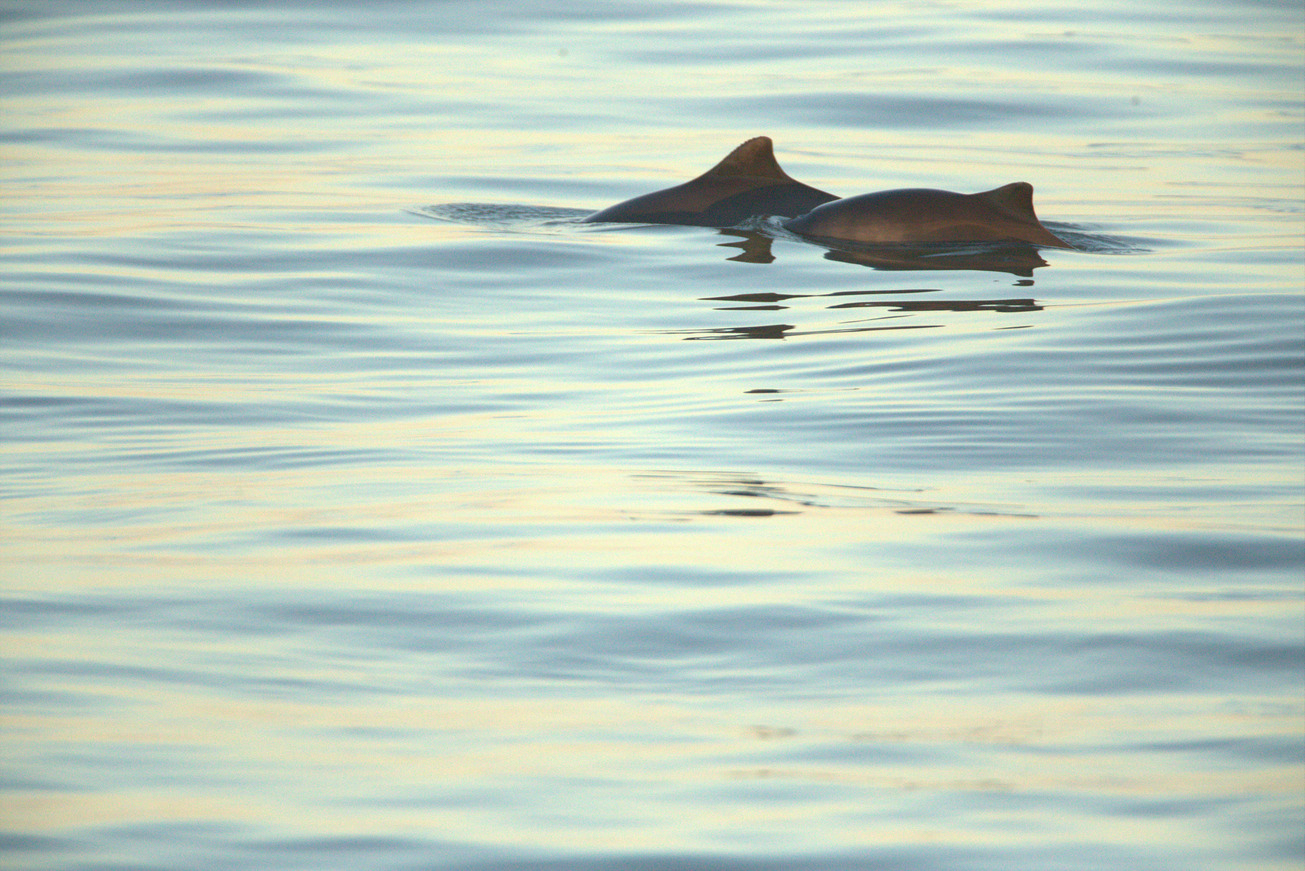
What was striking in 2022 was that half of the strandings occurred between July and September, often involving juveniles and starved animals. In previous years, Harbour porpoises stranded mainly in March and April, the period with the highest numbers at sea, and bycatch in fishing was the main cause of death. In 2022, bycatch could only be identified in two cases, while six Harbour porpoises fell victim to predation by Grey seals. A number of Harbour porpoises were too decomposed to determine the cause of death.
Seals
With 54 seals washed ashore dead (18 Grey, 10 Common and 26 that could not be identified to species), 2022 was a quieter year than 2021, when 101 dead seals washed ashore. A large proportion of these appeared to be victims of fishing with passive gear. It seems unlikely that such fishing was conducted in a different way or in a different area in 2021 compared to previous years and 2022, so possibly the 2021 peak can be partly explained by different meteorological conditions in spring or an anomalous movement pattern of Grey seals after weaning in the English east coast colonies.
Nevertheless, 2022 involved the second highest number of dead seals in the time series. At least 14 of them died in fishing nets, all between January and May. At least one animal was killed by another seal. Many seals were too decomposed to determine the most likely cause of death.
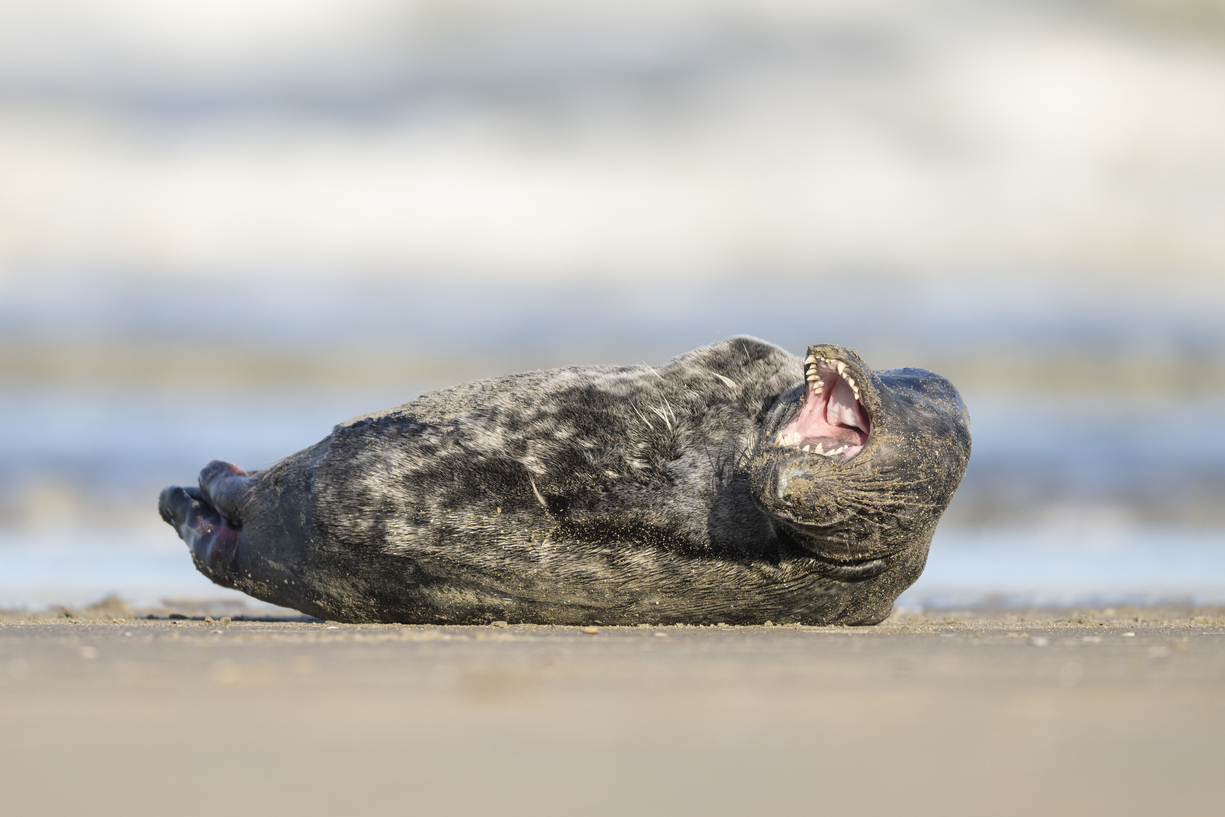
12 Grey seals and three Harbour seals ended up in the shelter of Sealife Blankenberge in 2022. As in 2021, some young seals, both dead and alive, had noticeable injuries around the neck, no doubt caused by monofilament yarn from passive fishing gear.
A Harbour seal was probably born on the right bank of the IJzer estuary at Nieuwpoort: a first for our country. We found no other data on seal births in Belgium in the 20th or 21st century.
Rare Species
In 2022, two Humpback whales were seen in Belgian waters (May-June and December), and there were two sightings of groups of White-beaked Dolphins (June and December). The solitary Bottlenose dolphin, social towards humans, was still present in the border area with France. Also a dead Bottlenose dolphin washed ashore (October). This animal possibly died after a ship strike. In 2022, as was the case in 2020, a live Sowerby’s beaked whale washed ashore (July). This is a very rare species in the southern North Sea. The animal could be returned to the sea. A month later, very close to shore, a live, non-identified beaked whale was seen. A dead Fin whale drifted along the Belgian coast before finally washing up in the Netherlands (September-October).
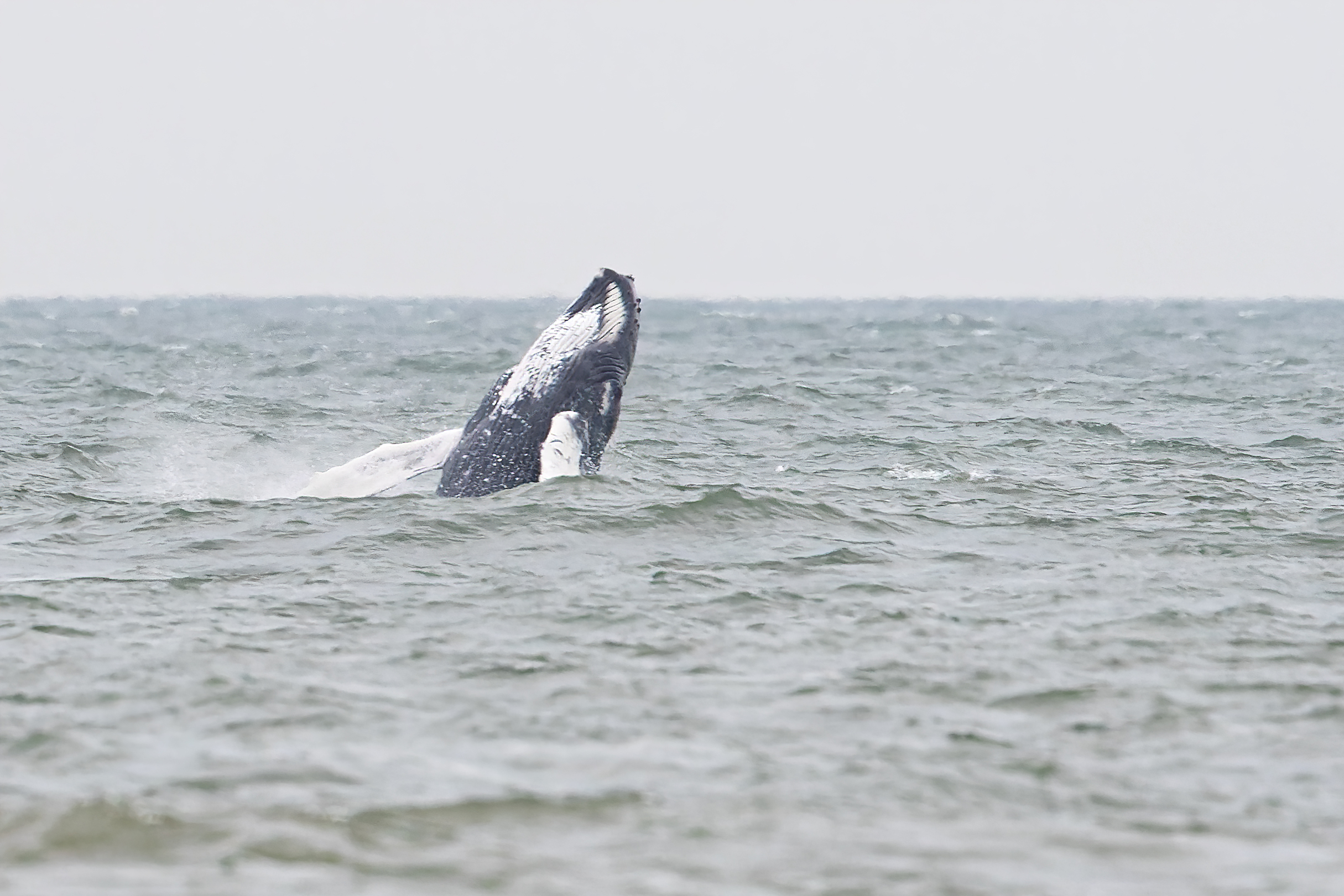
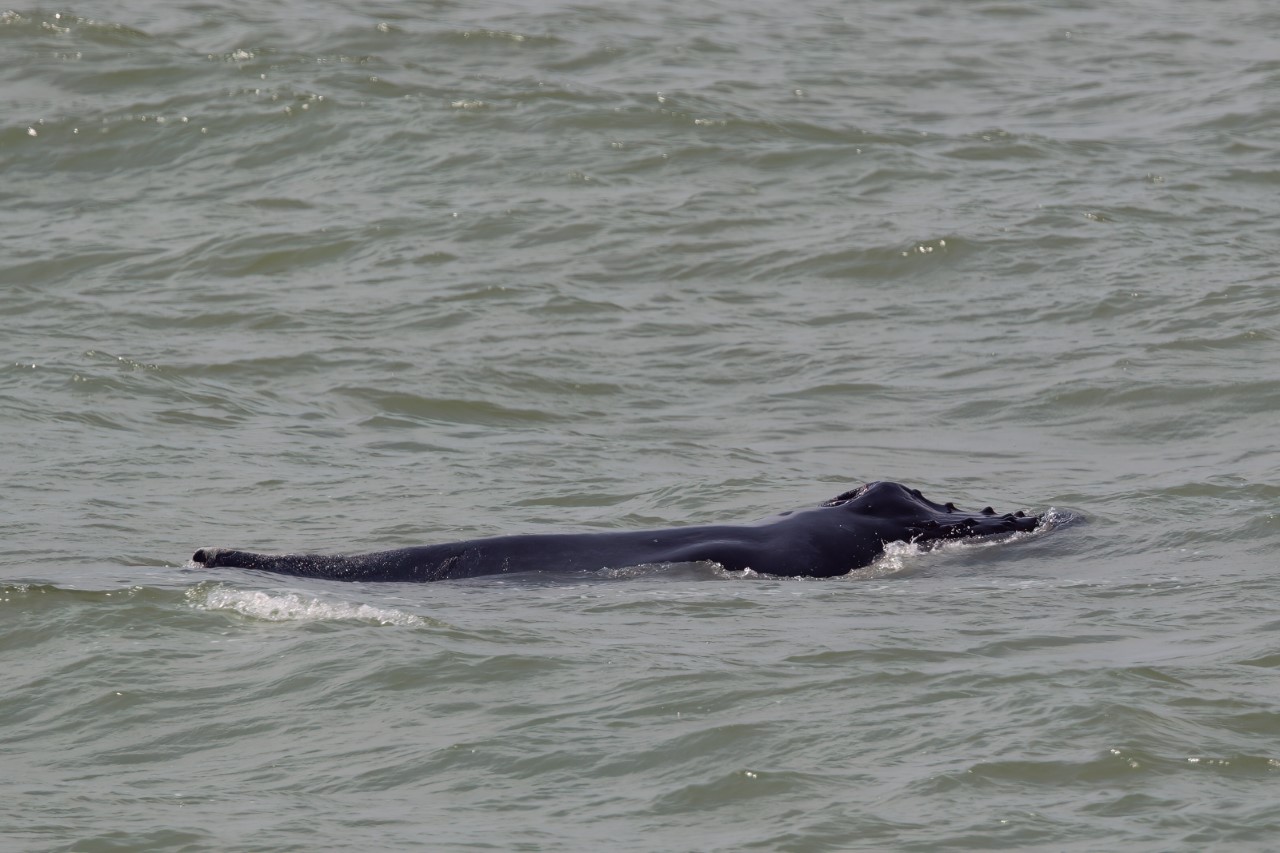
Additional contributions
Boxed sections take a closer look at 30 years of ASCOBANS (Agreement on the Conservation of Small Cetaceans of the Baltic, North East Atlantic, Irish and North Seas), a project to avoid collisions of ships with whales, the role of the North Seal Team in protecting seals and measures related to the avian flu virus, which also affected marine mammals in a number of places around the world in 2022.
All marine mammals are legally protected in Belgium. Monitoring of the populations and research into explanations for the observed trends, for which the Royal Belgian Institute of Natural Sciences was appointed as the responsible institute, is part of the implementation of the Royal Decree on the protection of species in marine areas under Belgian jurisdiction, whereby, among other things, the agreements made within the Coast Guard are followed. Research into the state of health and causes of death is also an obligation in international agreements, which moreover teaches us a lot about the state of the marine environment. However, the monitoring and scientific research on marine mammals are only possible thanks to the support of the local emergency and control services and the enthusiasm and willingness to report of many observers.
The report ‘Marine mammals in Belgium in 2022’ was produced with the cooperation of the Department of Veterinary Pathology of the University of Liège, the Faculty of Veterinary Medicine of the University of Ghent, Sealife Blankenberge and the North Seal Team.
For information on recent sightings of marine mammals in Belgium and instructions on what to do when stranded, please visit the website marinemammals.be. The annual marine mammal reports (available in Dutch and French) can also be consulted here.

